Project conducted for the 2009 eVOLO skyscraper competition with the collaboration of Pedro Duschenes and Thiago Valério Zandona.
Place:
With a population estimated from 60.000 (according to Governmental Census) to 150.000 (according to local inhabitants) Rocinha is one of the largest slums in Brazil. It is located in the South Zone of Rio de Janeiro on steep hillsides overlooking the rest of the city and the sea. Limited by some of the most expensive living areas in the city, the impoverished settlement is yet another example of contrast between fortified houses and wall-less low income habitation. The Rocinha community originated in the 1930’s from the division of bigger farms in smaller lots for food production. In the 1940’s and 50’s illegal settlements started to grow due to the lack of control over the area. A new occupation boom took place in the 60’s and 70’s. The pressure came specially from people seeking for jobs in infrastructure construction taking place in other parts of developing Rio de Janeiro. During this continuous and still ongoing growth, environmentally fragile areas suffered the action of unplanned horizontal housing. The proposal located in this settlement is directly related to local space needs and the lack of inhabitable land.
Concept:
Poverty, hunger, discrimination, reality.
Life experience.
Constitutional law, but not a real statement of the living act, the dignity of a human being. In what way could we relate the lack of inhabitable space to the huge amount of underprivileged people in one of the largest Brazilian cities? How to create opportunities for enrichment and learning through architecture for those who still fight for a day of survival in the chaos?
Differences between living space and designed space. Differences in the use of the space and the previous definitions and regulations for a supposed order. The organization in a slum is similar to a competition for survival, where the strength, be it political or physical, coupled with low budget creates huge spaces of both innocence and turbulence, human and inhuman spaces to the extreme, an example of vivid architecture, not about mistakes or successes, about the huge range of differences. Plurality. Experiences. Culture.
Interstitial spaces are the living spaces of slums, this spaces are the consequence of the lack of private space and the high density, forcing the street meetings, so the boundary between public and private becomes invisible, almost non-existent, but it does not become a problem for the culture of miscegenation. The multi-space (the transition area) becomes the meeting place of the local community. Thus, this space is a consequence of the particular “illegal” processes, an area of difference, for difference, a condition in between.
The building design aims to maintain the diversity of events generated by the “favela” in its interstitial spaces. Resulting from this, the skyscraper is shaped spontaneously in a rich mixture of sustainable spaces. The building’s spatial liveliness comes from the large number of functions and users, who may be able to quickly move in and relate to the space. The skyscraper will be built gradually, according to the demand and the transfer of the Rocinha’s residents. Within this act, the ground could be slowly freed and reverted once again to a preservation site for the Atlantic forest.
Program:
The building, more than 500 m (1640 ft) tall, will provide housing for thousands of people and also access to educational, cultural and leisure infrastructure to inhabitants and nearby communities. The plurality and mix found in the “favela” is applied to the programmatic needs of the skyscraper: Culture – theaters, cinemas, music halls, auditoriums, museums, places for samba rehearsals, libraries, places for expositions; Sports – gyms, pool, sport rooms, lockers, services; Green roofs; Health Unities; Schools, elementary schools and nursing houses; Small offices areas; Servi
2009
convection slum by gustavo utrabo in Brazil won the WA Award Cycle 5. Please find below the WA Award poster for this project.
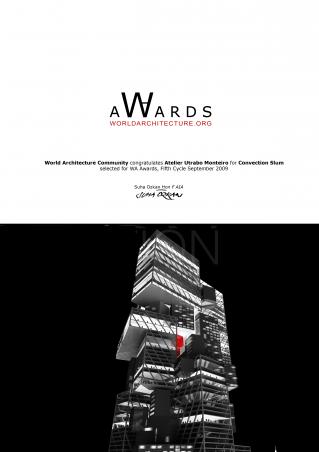
Downloaded 385 times.
Favorited 2 times
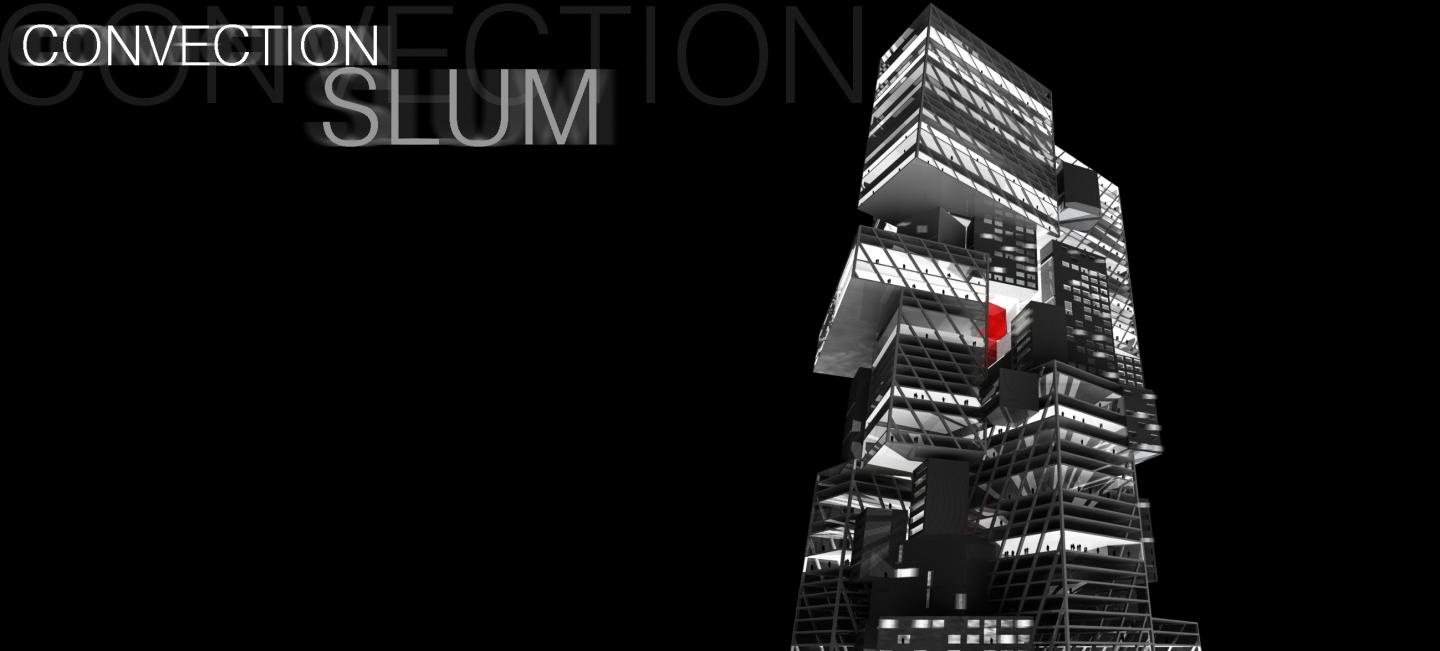
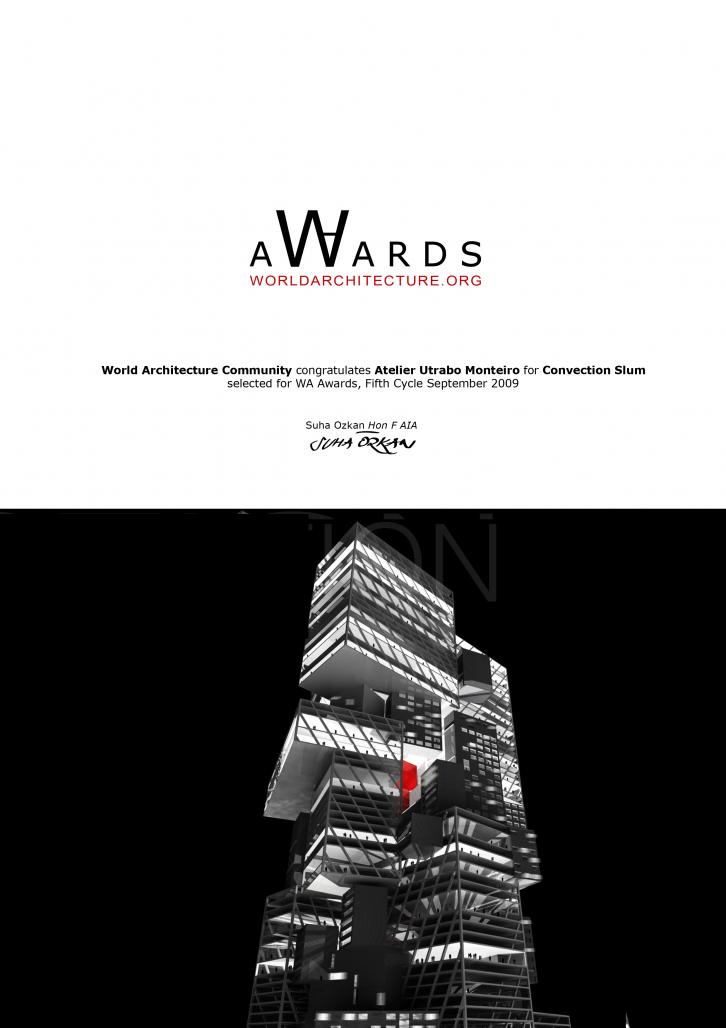


.jpg)
.jpg)
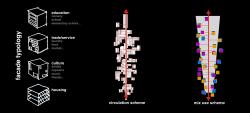
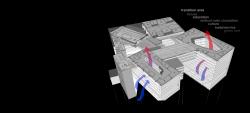
.jpg)
